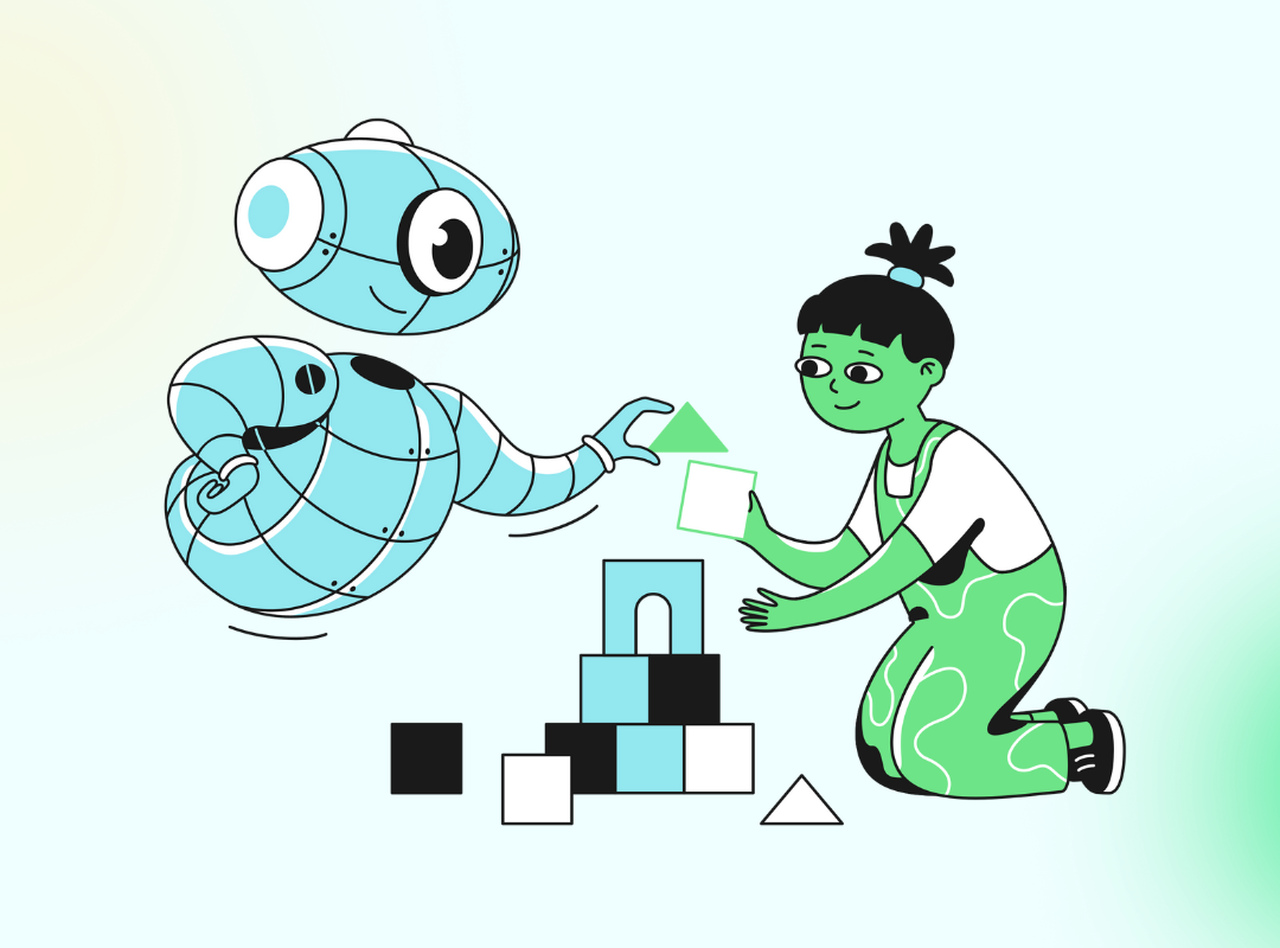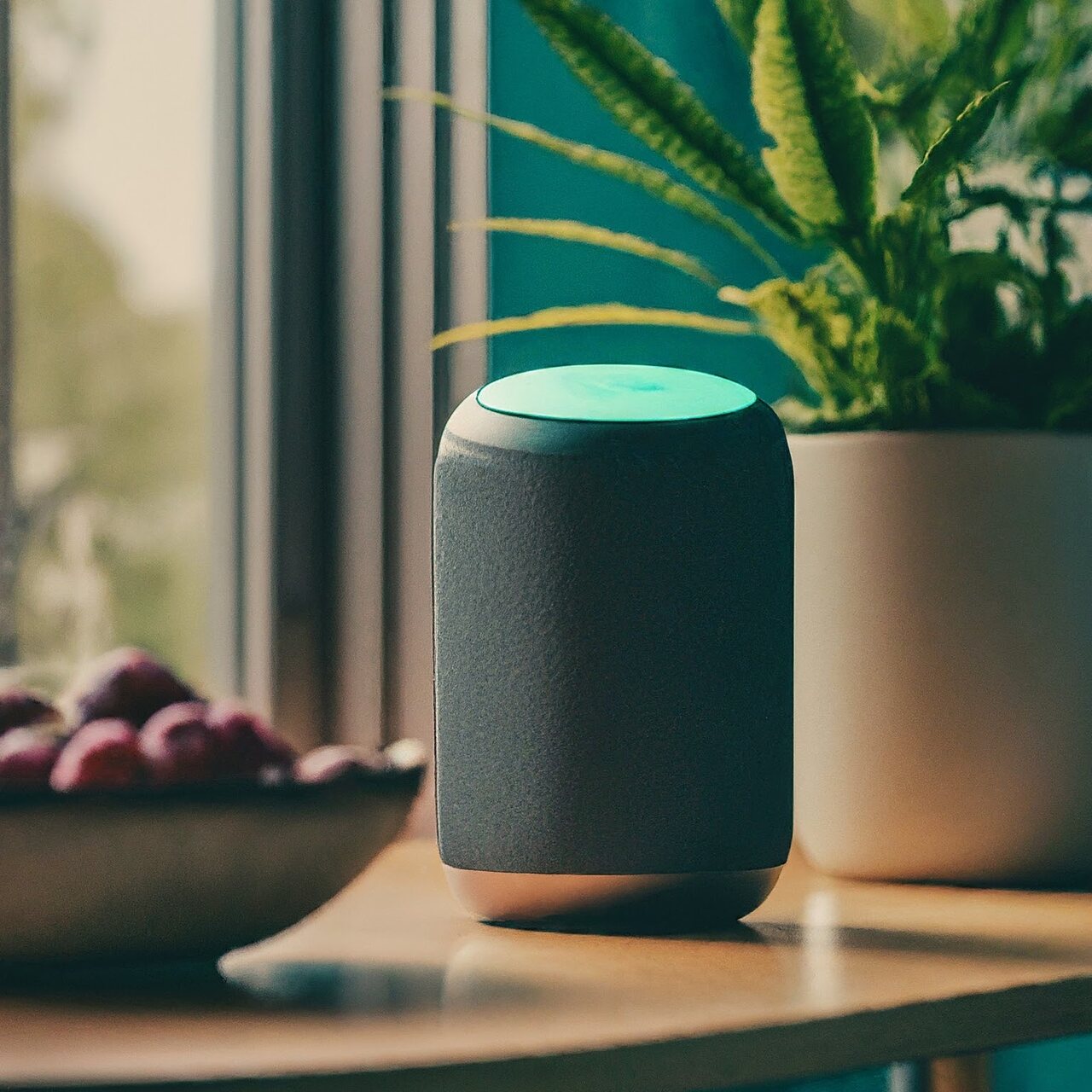
How to Create an AI Assistant- Practical Step-by-Step Guide
In our tech-driven world, the importance of artificial intelligence (AI) can't be overemphasized. Among numerous AI-related concepts, AI assistants are becoming an integral fixture for businesses and personal users alike.
In this piece, we dive into the intricate process of creating an AI assistant and how to do it for free. Moreover, we explore the technicalities of building your AI personal assistant using Python.
What is an AI Assistant?
AI assistants are virtual entities that understand natural language voice commands and perform tasks for the user.
This might include answering queries, performing actions, or executing commands – all in a bid to simplify the user's life.
AI assistants employ machine learning, deep learning, and natural language processing to interact conversationally and intelligently with users.

Importance of AI Assistants in Business
AI assistants are becoming vital cogs in the wheel of successful business operations.
Let's delve deeper into their strategic value:
1. Swift Customer Service: With customer service being a prime factor in determining business success, AI assistants are a recipe for efficiency. They provide automated, immediate responses and handle multiple inquiries simultaneously without human fatigue. This leads to excellent customer service, deepening customer engagement, and fostering loyalty.
2. Internal Workflow Enhancement: AI assistants are not just customer-facing tools; they also greatly augment internal workflows. They can handle scheduling reminders and automate routine tasks, freeing up human resources to focus on more strategic, revenue-generating activities.
3. Streamlined Processes: AI-powered virtual assistants can deftly navigate huge databases, extract relevant information, and provide data-driven insights. This accelerates decision-making processes, aids in accurate forecasting, and optimizes business strategies.

4. 24/7 Availability: AI assistants do not require breaks or time-offs. They are available round-the-clock, providing continuous service, answering queries, and supporting customers worldwide, regardless of time zones.
5. Scalability: As businesses grow, so does the volume of customer queries and internal tasks. AI assistants can easily scale up operations to meet this growing demand without loss of quality or responsiveness.
6. Cost-effective: While they may require an initial investment, AI assistants often prove to be cost-effective in the long run due to their efficiency, ability to handle multiple tasks, and contribute to customer satisfaction and retention.
7. Data Analysis: AI assistants can analyze customer data, identifying trends, patterns, and insights. This paves the way for targeted marketing efforts, improved product offerings, and overall enhanced business strategies.
With these impressive contributions to business, AI assistants are indeed promising allies in the journey towards business success.
How Do AI Assistants Help Your Lives?

AI Assistants have seeped into numerous facets of our daily lives, rendering remarkable assistance and convenience.
The ways these digital entities facilitate our lives include:
- Time Management: AI Assistants can manage your schedule, set reminders for appointments, and prompt alerts for tasks due, letting you focus on more critical aspects of your day.
- Information Retrieval: From finding the latest news to cooking instructions for a recipe or the fastest route to a destination, AI assistants offer a quick and easy way to access the information we need.
- Smart Home Control: Integrated with smart home devices, AI assistants help manage and control home appliances, lighting, security systems, and even the thermostat, creating a seamless and comfortable home environment.
- Entertainment: AI Assistants can play music, stream videos, and even recommend entertainment based on our preferences, making our leisure time more enjoyable.
- Communication: From sending text messages to making calls or sending emails - all guided by voice commands, AI assistants make staying connected with friends, family, and colleagues simpler.
- Shopping: AI Assistants assist with online shopping, helping find the right products, compare prices, place orders, track them, and sometimes even offer predictive shopping suggestions.
- Travel Planning: AI Assistants can help plan travel, suggest destinations, book accommodations, flights, or taxis, and even provide weather forecasts or local attractions.
- Health and Fitness: From tracking workouts, calories consumed, heart rate, and sleep patterns to reminding patients about medications and doctor appointments, AI assistants can contribute significantly to maintaining good health and fitness regimes.
Hence, AI Assistants have rapidly evolved from simply being a tech trend to becoming an integral part of our lives, enhancing our daily activities, fostering productivity, and providing personalized experiences.
What is Needed to Build an AI Assistant?
Certain components are crucial to building an AI assistant. Here's what you'll need:
1. Purpose Classification: Define what the AI assistant will do. Is it a shopping bot, a customer service bot, a scheduling bot, or something else? It's vital to determine its function before diving into the creation process.
2. Conversation Flow Design: Draw a workflow of how conversations with your AI assistant will pan out. Structuring "if this, then that" conditions will guide the assistant's behavior.
3. Natural Language Processing (NLP) Tools: AI assistants interact with users mainly through language, so it's crucial to use NLP tools. Libraries and frameworks like Google's Natural Language or Stanford's CoreNLP could be really useful.

4. AI Training Data: This is the information your AI assistant will learn from. You will need a database of correct responses to various inputs.
5. Machine Learning Framework: To learn from the training data and improve over time, AI assistants use machine learning. Tools like TensorFlow and PyTorch are commonly used for this.
6. Integration Points: Once you've built your assistant, you'll need to integrate it into various platforms like a website, app, or social media platform. This will depend on where your users will most likely interact with the assistant.
7. Testing and Refining Tools: Post-development, the AI assistant needs to be tested and refined to ensure it performs accurately and effectively. This usually requires collecting data from the assistant's interactions and then using this to improve its capabilities.
8. Maintenance and Updates: Technology is ever-changing, and regular maintenance and updates are needed to keep your AI assistant relevant and efficient. This could involve staying updated with the latest AI trends, providing new data for the AI to learn from, and improving its functionality according to the user's needs.
Remember that building an AI assistant is a dynamic process that involves continuous learning and improvement. The tools and strategies you begin with might evolve as you understand more about your users and their needs.
How to Create an AI Assistant with LiveChatAI
Creating an AI assistant isn’t as daunting as it seems.
Essentially, you need to design how your AI will interact, feed it with data, train, test, and refine it. These steps all hinge on understanding how AI systems work.
With LiveChatAI, you can train your data with your own source and wants your AI chatbot to assist you in your occupations.
Here is how you can create an AI assistant with LiveChatAI:
1- Register on LiveChatAI: Begin by signing up for a free account on the LiveChatAI platform. If you're already a member, simply log in to your account to access the dashboard.
2- Train Your Bot: Add relevant data sources and use the customization options to train your AI bot. This includes setting up responses, conversation flows, and integrating any necessary APIs for a more personalized and intelligent interaction.

3- Manage Settings: You can manage your AI profile and details about human support if you arrange this assistant for your business. Also, you have other details that you can change and manage.
4- Customize Your Bot's Profile: Utilize the 'Customize' section to tailor the AI bot's profile settings. This includes setting up human support chat options and customer satisfaction surveys, ensuring a seamless handover and feedback collection.

5- Embed and Integrate: Go to the 'Embed & Integrate' section to add your AI chatbot to your desired platforms. This could range from webpages to mobile applications and various messaging platforms.

6- Set Up Your AI Bot: Navigate to the 'AI Actions' on your dashboard and select 'Create an AI Action'. This is where you'll start building the foundation of your AI assistant.

7- Final Adjustments: Review all settings, including widget configurations and messaging preferences, to ensure they align with your business needs and customer service objectives.
8- Go Live: After configuring and customizing your bot, save the settings to deploy your AI assistant live on your website or chosen platform.
9- Monitor and Iterate: Keep track of interactions and continuously refine your bot's responses and functionalities based on user behavior and feedback.
By following these steps, businesses can harness the power of AI to enhance their customer service and engagement through intelligent, automated conversations with LiveChatAI.
How to Build Your Own AI Personal Assistant Using Python
Python is a high-level programming language renowned for being easy to learn and having extensive libraries perfect for AI and machine learning.
Google's TensorFlow and open-source libraries like Scikit-learn and PyTorch are some Python libraries you can use to build an AI assistant.
Building your own AI Personal Assistant using Python involves a combination of programming and data science skills. Here's a step-by-step process to doing this:
Step 1. Define the Scope of Your AI Assistant: What tasks should it perform? It can be anything from fetching the weather update, answering trivia questions, to reading out emails. Your AI assistant's capabilities are directly linked to how you design it to interact and the data you'll make available to it.
Step 2. Setup your Python Environment: Install Python (preferably Python 3) on your machine. A simple way to manage Python packages is to use `pip`, Python’s package installer. It’s recommended to use a virtual environment (`venv`) when testing python projects.
Step 3. Choose a Speech Recognition Package: The AI assistant will need to interpret your voice commands. Libraries like `SpeechRecognition` are excellent for this purpose. Another one is `Google Speech Recognition`, which is very useful but requires an active internet connection.
Step 4. Build or Leverage a Text-to-Speech Engine: Once your assistant understands commands and generates responses, it'll need to express them verbally. Python packages like `gTTS` (Google Text-to-Speech) or `pyttsx3` can be used for this purpose.
Step 5. Implementing NLP (Natural Language Processing): Libraries like NLTK (Natural Language Toolkit), `spaCy` or `TextBlob` can be used to develop capabilities like language understanding, sentiment analysis, or entity extraction in your AI assistant.
Step 6. Train your Assistant with Data: You can engage chatbot frameworks like `ChatterBot`, which makes it easy to build AI chatbots that learn and improve from every conversation. You would need to feed it with datasets relevant to your assistant's purpose.
Step 7. Connect with APIs for Additional Functionality: To extend your AI assistant's function, you can connect APIs. For example, use the Open Weather Map API to fetch weather forecasts, or connect Google APIs to access Google services.
Step 8. Testing and Refining: Test your AI assistant and refine its capabilities based on the outcomes. Python's unittest module can be handy for this purpose.
Creating an AI assistant with Python can be a complex process, but the sense of achievement after building your own personal assistant is undeniably fulfilling.
The more sophisticated you want your assistant to be, the more complex it will be to build.
Start simple and remember that AI assistants improve with continuous interaction and learning.

Conclusion
Creating an AI assistant is indeed a journey that is both exciting and transformative.
You can redefine your business operations with clear objectives, meticulous design considerations, and strategically using the right development tools and platforms.
Creating an AI assistant is not an end in itself but a stepping stone toward a future where AI is seamlessly integrated into every aspect of daily life.
AI assistants make life easier, businesses more profitable, and the world a bit smarter every day.
For further reading, you might be interested in the following:






